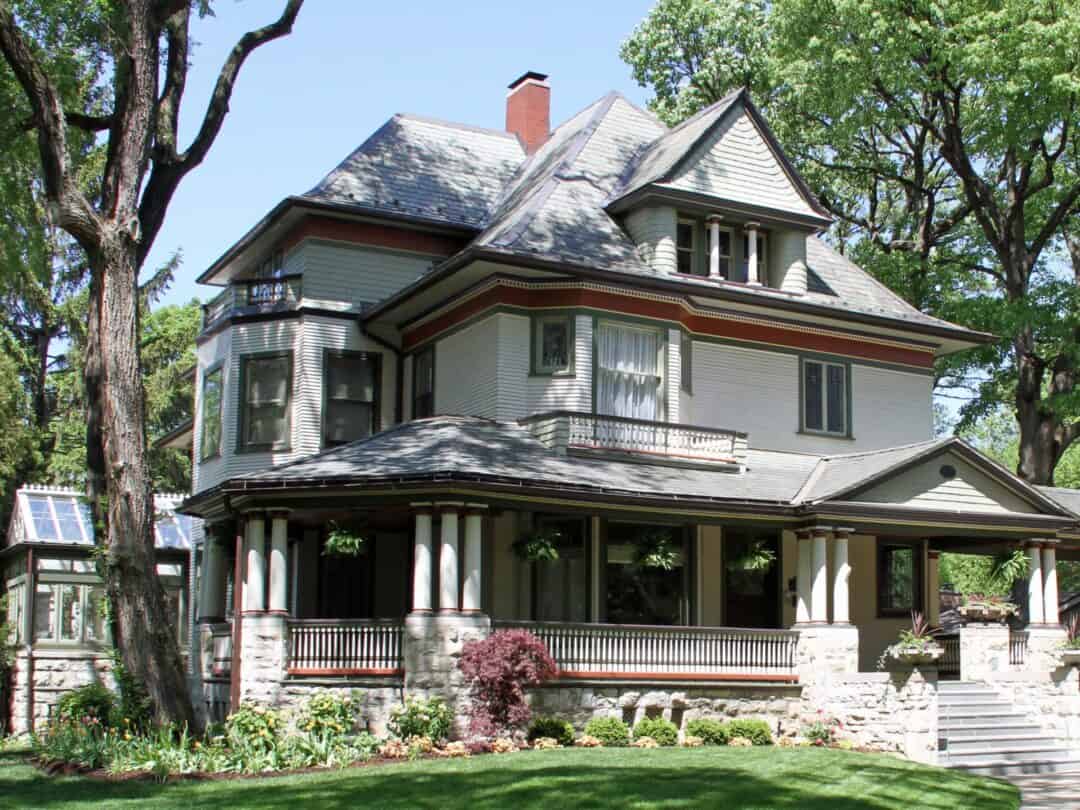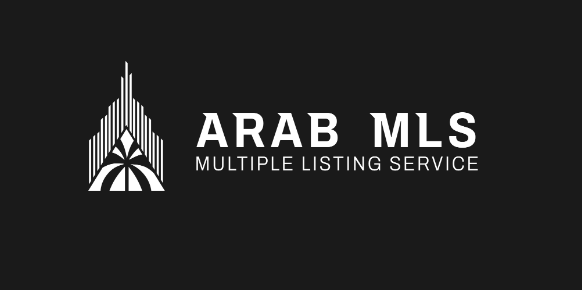The Multiple Listing Service has long served as a vital hub for real estate transactions, connecting buyers and sellers with efficiency. While its primary use often centers on contemporary homes and commercial spaces, a growing niche focuses on historic properties—structures steeped in architectural heritage and cultural significance. These unique assets require a tailored approach, as their value often transcends square footage or modern amenities. Specialized tools within MLS platforms have emerged to address the distinct challenges of marketing and researching vintage estates, ensuring their stories and legal intricacies are not lost in a sea of cookie-cutter listings. Exploring how these resources cater to such distinctive holdings reveals a fascinating intersection of tradition and technology.
Why Standard Real Estate Platforms Aren’t Enough
Most property databases emphasize attributes like updated kitchens, energy-efficient systems, and proximity to urban hotspots—features that resonate with buyers of newer constructions. However, a centuries-old Victorian manor or a colonial farmhouse operates on a different set of priorities. Potential owners often seek details about original craftsmanship, past restorations, or historical designations that might impose usage restrictions. Traditional systems rarely accommodate such depth, leaving agents to compile information from scattered archives, local historical societies, or anecdotal owner accounts. This disjointed process can obscure critical facts and slow down transactions for buildings where preservation often outweighs profit.
Development of Niche Features for Heritage Listings
Recognizing the unique demands of marketing older structures, several MLS providers and regional real estate boards have introduced customized modules over recent years. Early efforts merely added fields for construction dates or basic architectural style notes. However, feedback from preservationists, specialized brokers, and heritage-focused buyers spurred richer enhancements. Today’s platforms weave in layers of historical context, regulatory annotations, and even digitized archival imagery, creating a comprehensive portrait of a property’s legacy. This evolution transforms a once-tedious research chore into an accessible, centralized experience for all involved parties.

Key Information Tailored to Vintage Estates
While core listing elements like location and acreage remain universal, an MLS tailored for historic properties prioritizes data points irrelevant to modern builds. Architectural pedigree often takes center stage, with fields specifying whether a home reflects Federal, Gothic Revival, or Craftsman influences, complete with notes on hallmark features like hand-carved moldings or leaded glass. Many systems allow uploads of old blueprints or black-and-white photographs, offering visual proof of a structure’s provenance.
Historical designations and protections also feature prominently. Listings clarify if a property falls under the National Register of Historic Places, a local landmark ordinance, or a preservation easement, each carrying specific rules on modifications. Such transparency helps buyers understand limitations on renovations before making offers, avoiding costly surprises during escrow.
Provenance and past ownership add another layer of intrigue. Some databases include summaries of notable former residents—perhaps a prominent civic leader or artist—along with significant events tied to the address, like its role in a pivotal community moment. This narrative context often elevates emotional appeal, turning a mere building into a tangible piece of local lore.
Amplifying Market Exposure for Owners
A seller of a heritage home faces a narrower pool of potential buyers compared to those marketing newer residences. An MLS equipped for historic listings counters this by targeting niche audiences, including restoration enthusiasts, cultural organizations, and affluent collectors of architectural gems. This focused reach increases the odds of finding a steward who values the home’s legacy over its potential for a quick flip. When listings highlight verified details about original materials or documented restorations, they stand out in a marketplace often saturated with generic offerings, drawing serious inquiries from those willing to invest in preservation.
Safeguarding Buyer Interests with Detailed Insights
Purchasers of older homes benefit immensely from the depth of information these systems provide. Knowing upfront about restrictive covenants or mandatory historical commission approvals prevents misaligned expectations. A buyer eyeing a Queen Anne-style dwelling, for instance, can immediately discern if exterior paint colors must adhere to a specific palette or if window replacements require period-appropriate designs. This clarity minimizes disputes with regulatory bodies and ensures the investment aligns with the buyer’s vision for authenticity.
Moreover, digitized records of past maintenance or structural assessments offer reassurance about a property’s condition. Many heritage-focused MLS entries link to surveys detailing the state of foundational timber, slate roofing, or antique plumbing, reducing reliance on potentially biased seller disclosures. Such transparency often accelerates decision-making, as buyers feel confident they grasp both the charm and challenges of ownership.
Streamlining Compliance for Financing and Insurance
Securing a mortgage or insuring a historic property often involves hurdles not encountered with modern constructions. Lenders may demand appraisals that account for replacement costs tied to rare materials, while insurers might require proof of adherence to preservation guidelines. An MLS that embeds documentation of historical status, prior renovations, and comparable sales tailored to vintage homes directly supports these processes. Appraisers and underwriters gain swift access to pertinent details, expediting approvals that might otherwise stall due to the complexity of assessing non-standard assets.

Highlighting Preservation and Tax Incentives
Owning a piece of history often comes with financial perks unavailable to standard property holders. Federal and state programs frequently offer tax credits for maintaining or restoring designated structures, while local jurisdictions may provide grants for facade preservation. MLS platforms catering to this niche often annotate listings with eligibility criteria for such benefits, linking to relevant government resources. This added value can tip the scales for hesitant buyers, framing the purchase as not just a passion project but a savvy fiscal move.
Technological Enhancements for Storytelling
Digital innovation has begun to enrich how these properties are showcased beyond static text and photos. Some systems integrate virtual tours with narrated histories, allowing viewers to explore a 19th-century parlor while learning about its role in a significant cultural movement. Archival integration also plays a role, with platforms pulling digitized deeds, newspaper clippings, or sepia-toned images from local libraries to accompany each entry.
Frequently Asked Questions
-
How do MLS tools for historic properties differ from standard real estate platforms?
These tools include specialized data like architectural style, historical designations, and past ownership details, crucial for heritage homes but not relevant to modern properties. -
What kind of historical information can be found in these listings?
They often detail a property’s architectural origins, notable former residents, significant events, and preservation status, such as National Register of Historic Places listings. -
How do these MLS features benefit sellers of historic homes?
Sellers gain targeted exposure to niche buyers, like preservation enthusiasts or cultural groups, increasing the chance of finding someone who values the home’s legacy. -
What advantages do buyers get from using these specialized systems?
Buyers access critical details on renovation restrictions, past maintenance, and structural condition, ensuring informed decisions about the unique challenges of owning vintage estates. -
Can MLS tools assist with financing or insuring historic properties?
Yes, by providing documentation on historical status and comparable sales, they streamline appraisals and underwriting processes tailored to the complexities of older homes. -
Are there financial incentives highlighted in these platforms for historic property owners?
Many systems note tax credits, grants, or other benefits for preservation efforts, linking to relevant programs that can make ownership more financially appealing. -
How does technology enhance the presentation of historic listings?
Features like virtual tours with narrated histories and digitized archival content, such as old deeds or photos, create engaging narratives that highlight a property’s unique story. -
Do these tools replace the need for specialized real estate agents?
No, while they provide extensive data, agents with expertise in historic homes remain vital for navigating local preservation laws and offering personalized guidance.













